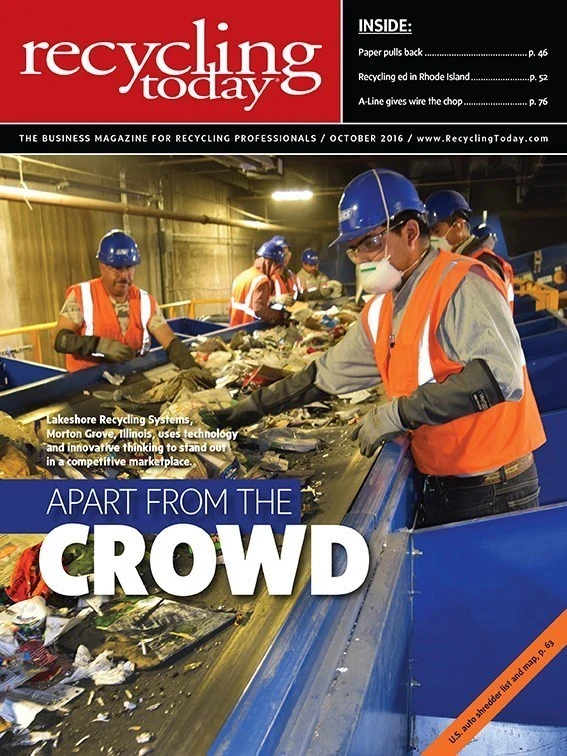Prices for nonferrous scrap metals appear to be stabilizing, though they are lower than they were earlier this year.
Despite these lower prices, a Midwest-based scrap dealer says stability is preferable. “A couple of years ago, the market was very volatile. It seems more stable right now.”

Although some occasional sharp swings in pricing have occurred, the strong volatility seen several years ago has been less common so far this year. With prices moving in smaller increments, one scrap dealer says companies such as his are able to more effectively manage their margins, though business is still challenging.
Softer prices mean reduced retail business for scrap yards.
With less traditional scrap coming into their yards, one scrap dealer in the South says companies need to “expand their horizons” by handling a wider range of materials. For his company, that means putting more effort into extracting nonferrous metals from electronics.
One source says, even with the current challenges, his company can move all the nonferrous scrap it processes monthly. But, with the “new normal” of flat pricing and less available scrap, he says, “you have to take advantage of all the bumps in the market” to be successful.
Despite these difficulties, several scrap dealers express subdued optimism. One large nonferrous scrap broker says a number of commodity analysts had forecasted copper pricing dropping to the $1.85-per-pound level by the middle of 2016, which is much lower than it is presently.
The broker says scrap dealers must recognize that market conditions will be like this for the foreseeable future and should adjust their businesses to reflect that.
While he says, “It’s not all doom and gloom,” the broker adds, “You have to accept this is what the business is going to be like for quite a while.”
“A couple of years ago, the market was very volatile. It seems more stable right now.” – a Midwest-based scrap dealer
Activity in China continues to affect nonferrous scrap markets. According to several published reports, Chinese copper exports have increased and overall copper inventories have ballooned at London Metal Exchange (LME) and at Shanghai Futures Exchange (SHFE) warehouses, as did Chinese bonded stocks, which likely will cap price increases through the next several months. At the same time, a recent Reuters report says China’s imports of unwrought copper and copper products totaled 350,000 metric tons in August, the lowest level seen in a year. August was the fifth consecutive month Chinese copper imports fell on a monthly basis.
After some rallying during the second quarter of the year, aluminum markets also are softening.
Sponsored Content
Redefining Wire Processing Standards
In nonferrous wire and cable processing, SWEED balances proven performance with ongoing innovation. From standard systems to tailored solutions, we focus on efficient recovery and practical design. By continually refining our equipment and introducing new technology, we quietly shape the industry—one advancement at a time.
“Midwest premiums are shrinking to the 6-cent level compared with 18 to 20 cents only a few years ago,” an aluminum trader says. “There is slow demand for the aluminum 380 alloy market and a general lack of mill demand.”
Adding to concerns about aluminum oversupply is a recent Wall Street Journal article stating that one of the world’s largest aluminum producers, China Zhongwang Holdings, through a number of business entities, is storing nearly 6 percent of the world aluminum supply, estimated at $2 billion, at a remote site in Mexico. This maneuver could be an attempt to avoid steep tariffs and to take advantage of NAFTA (North American Free Trade Agreement) policies.
Get curated news on YOUR industry.
Enter your email to receive our newsletters.

Explore the October 2016 Issue
Check out more from this issue and find your next story to read.
Latest from Recycling Today
- Li-Cycle reports 2024 financials
- PureCycle, Landbell Group working to advance PP recycling in Europe
- S&P Global launches mixed plastic scrap pricing for US, Europe
- Organizations call for coordination on product safety
- Circular Services acquires Waste Recycling Inc.
- Aqua Metals issues 2024 progress report
- e-Stewards, Bloom ESG release environmental benefits calculator
- RecycLiCo engages Fusion Projects to assist with facility site selection








